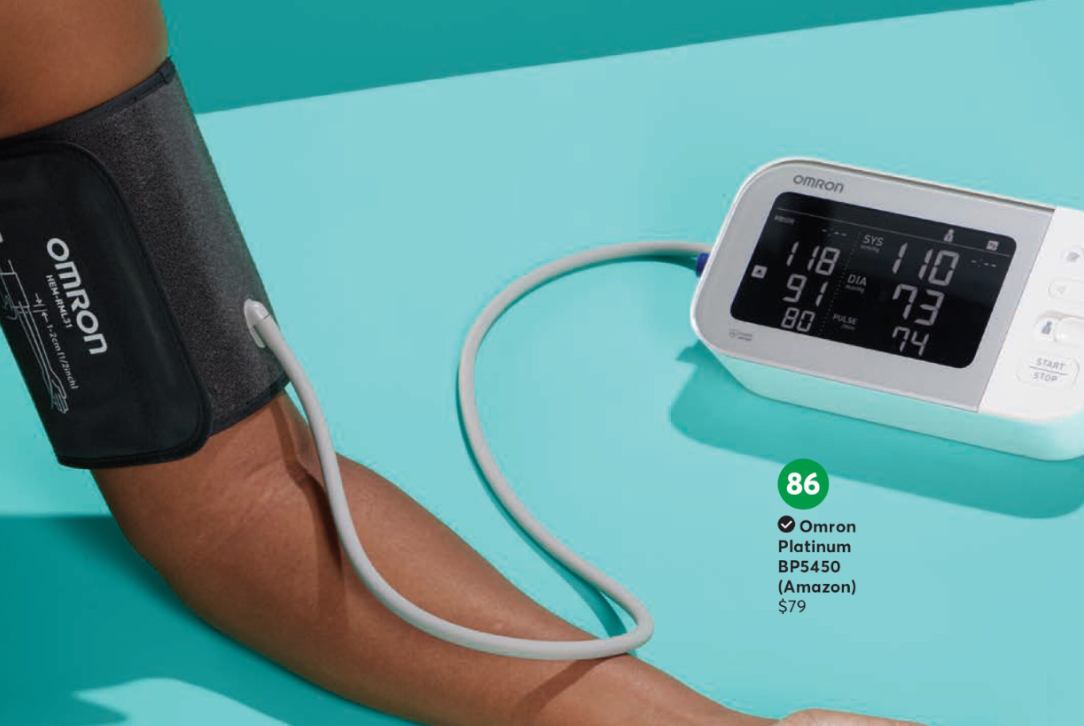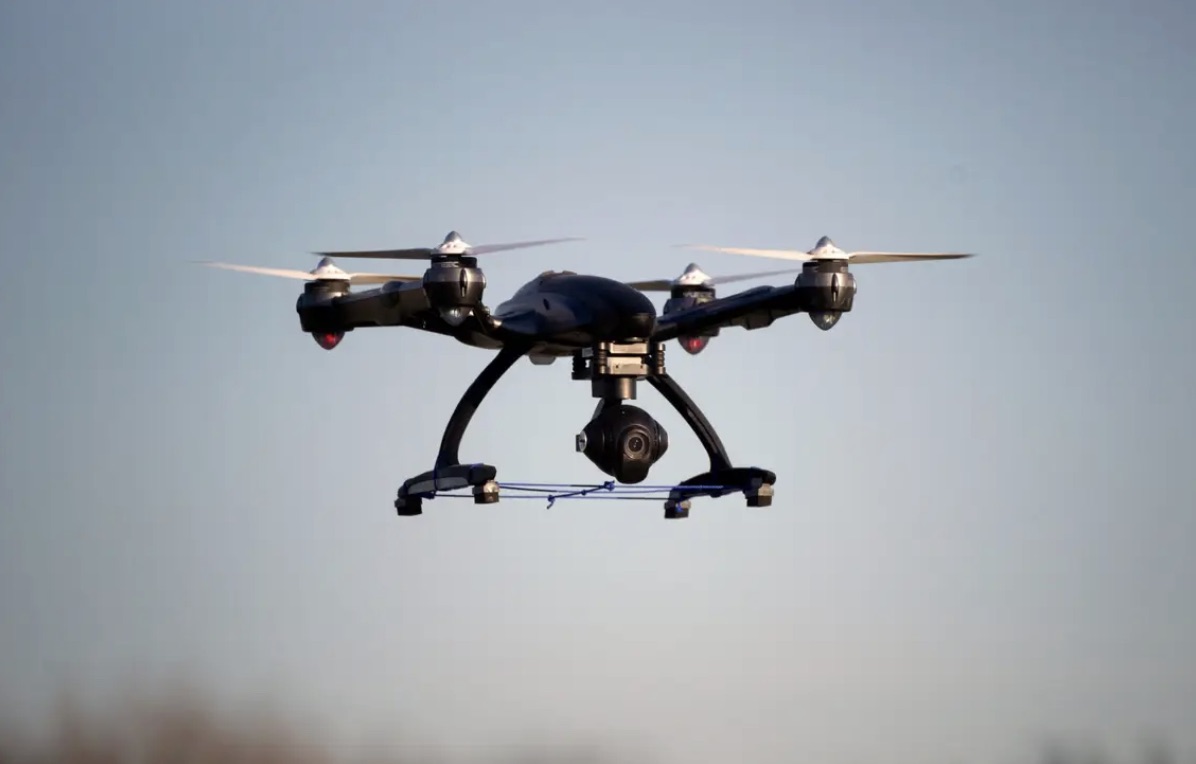Hypertension, or high blood pressure, is a major risk factor for severe health crises like heart attacks and strokes. The persistently elevated pressure damages arterial tissue, causing plaque accumulation and impeding blood flow to vital organs such as the heart and brain.
Obtaining an accurate blood pressure measurement, however, is challenging. Readings taken in a doctor's office are often unreliable and may not reflect your typical blood pressure. Dr. Raj Padwal, a hypertension specialist, explains that these readings are frequently inaccurate due to various factors.
Fortunately, there's a convenient and affordable solution: home blood pressure monitoring. This method offers a more precise assessment of your blood pressure in the comfort of your home.
Blood pressure is highly sensitive and constantly fluctuates. It can be influenced by numerous factors, including emotional state, mental well-being, physical activity level, surrounding temperature, medications, and even whether you've eaten or slept well, according to Dr. Padwal. This vital health indicator is measured using two numbers: systolic pressure, the top number, which reflects the pressure exerted on your arteries when your heart contracts; and diastolic pressure, the bottom number, which indicates the pressure on your arteries when your heart is resting between beats.
Obtaining an accurate blood pressure reading necessitates a meticulous process. This includes positioning yourself with your feet flat on the floor, back supported against a sturdy chair, and arm resting on a flat surface at heart level. However, these prerequisites are often overlooked in a doctor's office setting, where time constraints might lead to rushed procedures and improper positioning. In contrast, home monitoring allows for multiple measurements to be taken in a relaxed environment, ensuring adherence to the correct preparation and procedure. This ultimately leads to more reliable and precise blood pressure readings over time.
Moreover, the assumption that blood pressure monitors in doctors' offices are more accurate than home monitors is often incorrect. Dr. Jordana Cohen points out that analog devices with cuffs and pressure gauges require calibration every few months, a practice that is seldom followed. While digital BP monitors used in medical settings are generally more reliable, only a small portion of them undergo independent validation to verify their accuracy. This highlights another potential source of error in blood pressure readings taken at a doctor's office.
The accuracy of blood pressure readings taken in a doctor's office can also be affected by psychological factors. Some individuals experience a phenomenon known as "white-coat hypertension," where their blood pressure becomes elevated due to the anxiety or stress associated with medical visits. Conversely, others may exhibit "masked hypertension," a condition in which their blood pressure readings appear lower than usual in a clinical setting. This could be because individuals with high-stress lifestyles might feel more relaxed in a doctor's office environment. While the exact prevalence of these conditions remains uncertain, it is estimated that 15 to 30 percent of people experience white-coat hypertension, and around 32 percent of those with normal blood pressure readings in a clinical setting may have masked hypertension. These psychological factors further contribute to the potential inaccuracy of blood pressure measurements obtained exclusively in a doctor's office.
The inconsistency of blood pressure readings taken at a doctor's office is further highlighted by a 2023 study involving over half a million individuals. This study revealed that the systolic blood pressure reading of a person can fluctuate by an average of 12 mmHg in either direction between two consecutive doctor's visits. This variation is significant, especially when considering that doctors typically anticipate a new blood pressure medication to lower blood pressure by less than 12 mmHg, according to Dr. Harlan Krumholz, the study's author. Consequently, if doctors solely rely on in-office measurements, they cannot definitively determine whether a decrease in blood pressure is attributed to the medication's effectiveness or other unrelated factors. This uncertainty underscores the limitations of relying solely on blood pressure readings obtained in a clinical setting and emphasizes the importance of alternative methods, such as home blood pressure monitoring, for obtaining more accurate and reliable measurements.
Dr. Krumholz suggests that the only way to address the issue of fluctuating blood pressure readings is to gather multiple measurements (around 20) and calculate their average. Fortunately, home blood pressure monitoring offers a practical solution to mitigate these challenges. By monitoring your blood pressure at home, you can use a high-quality monitor with a properly fitting cuff, ensure correct preparation and procedure, and take multiple readings over time. This data can then be shared with your doctor for a more comprehensive assessment.
Home blood pressure monitoring is particularly beneficial for individuals with high blood pressure readings at the doctor's office, those at increased risk of heart disease due to pre-existing conditions like diabetes, and pregnant or postpartum women who need to monitor for preeclampsia, a severe form of high blood pressure. It also allows for effective tracking of medication effects or dosage adjustments.
Home monitoring not only provides more accurate blood pressure readings than in-office checks, but it can also actively contribute to managing your blood pressure, especially during the initial months of using a monitor. This is likely because regular self-monitoring increases awareness of your blood pressure levels and encourages adherence to treatment plans.
However, selecting a reliable home blood pressure monitor is crucial. Many manufacturers do not publicize accuracy testing results, making it difficult for consumers to make informed choices. To address this, some medical organizations have created lists of devices that have undergone independent validation. Experts recommend consulting the American Medical Association's US Blood Pressure Validated Device Listing (validatebp.org) as a valuable resource when purchasing a home monitor.
Consumer Reports (CR) also evaluates blood pressure monitors for accuracy, following industry standards. Our testing involves comparing each monitor's readings to those obtained from a mercury sphygmomanometer, the gold standard device. We also assess factors like ease of use and comfort, with ratings available on page 23.
There are two main types of home blood pressure monitors: arm monitors and wrist monitors. Experts and CR generally recommend arm monitors due to their higher accuracy, as there's less margin for error in positioning. However, using the correct cuff size is essential for accurate readings. For individuals with larger arms who may not find a suitable arm monitor cuff, wrist monitors can be a good alternative, provided extra care is taken to position them correctly. While none of the wrist monitors in CR's tests earned our recommendation, several achieved very good accuracy scores.
You might consider using a blood pressure kiosk at your local pharmacy as an alternative to purchasing your own monitor. However, Padwal points out that very few of these public kiosks have been validated by independent experts. Additionally, it can be difficult to follow proper guidelines for measuring blood pressure accurately in the midst of a busy pharmacy.
Hypertension, or high blood pressure, is often asymptomatic, meaning it doesn't cause noticeable symptoms. This lack of immediate feedback can make it difficult for individuals taking medication to manage their condition. Dr. Krumholz points out that the absence of visible benefits can lead to a lack of adherence to prescribed medications.
However, it's crucial to understand that treatments for hypertension, encompassing both medication and lifestyle modifications, are effective in lowering blood pressure. Collaborating with your doctor to devise a personalized strategy is key. Here are some approaches to consider:
Embrace the DASH Diet: The Dietary Approaches to Stop Hypertension (DASH) diet is a dietary plan specifically designed to combat high blood pressure and reduce LDL cholesterol, another risk factor for cardiovascular disease. Rigorous scientific studies have demonstrated that individuals who followed the DASH diet experienced a significant reduction in blood pressure levels within weeks compared to those who adhered to typical American diets. The DASH diet offers flexibility and revolves around these core principles:
Prioritize Nutrient-Rich Foods: Emphasize fruits, vegetables, whole grains, fish, poultry, beans, nuts, seeds, vegetable oils, and low-fat dairy products.
Limit Saturated Fats and Sweets: Minimize the consumption of saturated fats found in fatty meats and full-fat dairy, as well as sweets and sugary beverages.
Reduce Salt Intake: Sodium plays a key role in blood pressure regulation. When you consume excess salt, your body retains more water, leading to increased blood pressure. It's important to note that most dietary sodium comes from processed foods and restaurant meals rather than home-cooked meals. Therefore, focus on cutting back on these sources of sodium instead of excessively restricting salt in your cooking.
When you consume more salt, your body retains more water, which can elevate your blood pressure. It's important to remember that most dietary sodium comes not from homemade meals but from processed foods and restaurant dishes. Therefore, focus on reducing your intake of these foods rather than cutting back on seasoning your home-cooked meals. Aim for 30 minutes of exercise five days a week, as regular physical activity helps manage blood pressure and lowers the risk of other health issues, including heart attacks, strokes, diabetes, and even some cancers. A 2023 analysis published in the British Journal of Sports Medicine reviewed 270 randomized controlled trials to determine which types of exercise are most effective for controlling blood pressure. The study found that many forms of exercise are beneficial, so choose the ones you enjoy. However, it highlighted that isometric wall squats, also known as wall sits, provided the most significant benefits, so consider incorporating them into your routine.
Consider other lifestyle changes.
In addition to dietary changes and exercise, several other lifestyle modifications can significantly impact blood pressure management.
Smoking Cessation: Smoking is a well-known risk factor for lung cancer, but its detrimental effects extend to cardiovascular health as well. Smoking temporarily elevates blood pressure and promotes the long-term accumulation of plaque within arteries, further increasing the risk of hypertension and related complications. Quitting smoking is a crucial step towards improving blood pressure control and overall cardiovascular well-being.
Moderation in Alcohol Consumption: Excessive alcohol intake is associated with an increased risk of hypertension. To mitigate this risk, experts recommend limiting alcohol consumption to moderate levels. For women, this translates to a maximum of one drink per day, while for men, it's two drinks per day. By adhering to these guidelines, you can contribute to maintaining healthy blood pressure levels.
Weight Management: Maintaining a healthy weight is essential for preventing and managing hypertension. Excess weight places additional strain on the cardiovascular system, leading to elevated blood pressure. Public health experts emphasize the importance of weight management through a combination of healthy eating and regular physical activity. If you are overweight or obese, even modest weight loss can yield significant improvements in blood pressure control.
Medication: In cases where lifestyle modifications alone are insufficient to manage hypertension, medication may be necessary. There is a wide range of antihypertensive drugs available, including diuretics, ACE inhibitors, calcium channel blockers, and angiotensin receptor blockers. Dr. Krumholz advises that finding the most effective medication may involve trying different options or combinations. The decision to initiate medication depends on various factors, but doctors generally consider it when blood pressure reaches 130/80 mmHg or higher. The urgency to start medication increases as blood pressure levels rise further.
It's important to collaborate closely with your doctor to determine the most appropriate combination of lifestyle changes and medication for your individual needs. Regular monitoring, both at home and in the doctor's office, is crucial for tracking progress and making necessary adjustments to your treatment plan.
WRIST MONITOR BASICS
To get an accurate reading from a wrist blood pressure monitor, you can either lift your forearm or rest it against your chest. The most important thing is to ensure the monitor is positioned at the same level as your heart. Always refer to your device's instructions for specific guidance, and remember to keep your hand relaxed and your wrist in a neutral position during the measurement.
UNDERSTAND YOUR NUMBERS
Expert groups have defined normal blood pressure as less than 120/80 mmHg. However, medication is typically not considered necessary until an individual's blood pressure reaches Stage 1 or Stage 2 hypertension. This suggests that there is a range of blood pressure values above the normal threshold where lifestyle modifications and other non-pharmacological interventions may be sufficient for management. Medication is generally reserved for cases where blood pressure is significantly elevated and poses a higher risk of complications.
UNDERSTAND YOUR NUMBERS
This means that even if your blood pressure is above the ideal level of 120/80 mmHg, you may not immediately need medication. There's a range where lifestyle changes and other non-drug treatments might be enough to manage it effectively. Medication is usually considered when your blood pressure reaches a higher stage, indicating a greater risk for health problems.
To ensure an accurate blood pressure reading, proper preparation is crucial. Here's a breakdown of the steps involved:
Check cuff size: Using a cuff that fits correctly is essential. Blood pressure monitors come with specified ranges for arm circumferences. Ensure your arm falls within the range indicated on your monitor.
Avoid exercise, smoking, eating, or drinking: In the 30 minutes leading up to your measurement, refrain from exercise, smoking, and consuming any food or beverages, especially those containing caffeine. These activities can temporarily elevate blood pressure and skew the results.
Empty your bladder: A full bladder can cause slight increases in blood pressure. To avoid this, empty your bladder before taking a reading.
Sit quietly: Find a comfortable and quiet space where you can sit still without talking for 5 minutes before and during the measurement. This allows your body to relax and your blood pressure to stabilize, leading to more accurate readings.
By following these preparatory steps, you can significantly improve the reliability and accuracy of your home blood pressure measurements.
In addition to proper preparation, timing your blood pressure measurements is also crucial for accuracy. Here are some key points to remember:
Consistency is key: Take your blood pressure readings at the same time of day each day. This allows for better comparison and tracking of changes over time.
Follow your doctor's guidance: Your doctor will advise you on the frequency of your blood pressure measurements based on your individual needs and condition. Most experts recommend taking two readings in the morning and two in the evening each day for most people.
Avoid taking readings immediately after waking up or before going to bed: These times can be associated with naturally higher blood pressure levels. It's best to wait at least 30 minutes after waking up and 30 minutes before going to bed to take your readings.
By adhering to these timing guidelines, you can ensure that your home blood pressure measurements reflect your typical blood pressure levels and provide valuable information for your doctor to assess your overall cardiovascular health.
Using a smartwatch or fitness tracker to measure blood pressure is not currently a reliable option. While some companies claim their devices can measure blood pressure, these claims should be approached with caution. Here's why:
Major Brands Don't Offer It: Prominent smartwatch manufacturers like Apple and Fitbit do not include blood pressure measurement features in their devices. Samsung devices may have the capability, but it's not yet available in the U.S.
Accuracy Concerns: The only blood pressure monitors validated for accuracy use an inflating cuff that tightens and relaxes around the arm or wrist. This allows for direct measurement of the pressure exerted on arteries.
Optical Sensors and Limitations: Wearable devices often rely on optical sensors to estimate blood pressure. However, this method requires frequent calibration with a traditional cuffed device and has been found to be less accurate for people with darker skin tones.
Therefore, it's best to stick with validated blood pressure monitors with inflatable cuffs for accurate readings. While smartwatches and fitness trackers hold promise for future blood pressure monitoring, the technology is not yet reliable enough for clinical use.













0 Comments